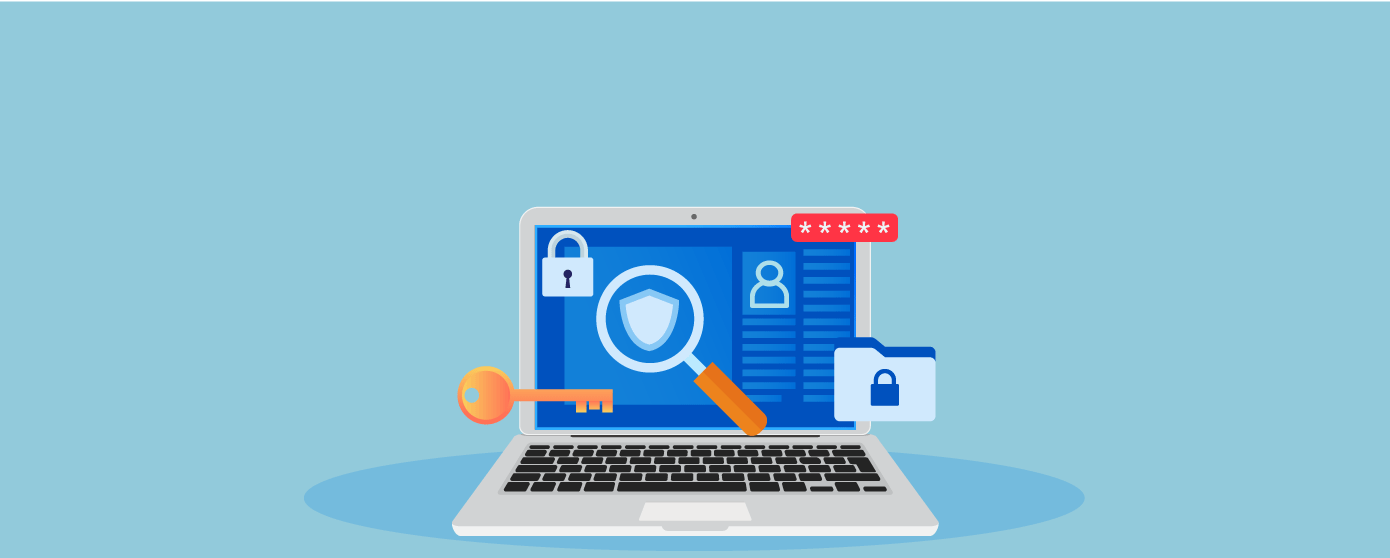
Given its criticality in pre-empting security risks, choosing a web vulnerability scanner that can meet the unique and complicated needs of the business is critical. Several options are available in the market, making the decision tricky and confusing. Often, the choice of a web vulnerability scanner is made based on simply the price, without considering other very crucial aspects of the solution. This can be detrimental to business continuity itself.
So, how to find the best web application security scanner to scan sites for vulnerabilities? Here are the evaluation criteria to pick the right one, which suits your needs.
The complexity of web security vulnerabilities has been ever-increasing with dynamic applications, several moving parts, and extensive use of third-party components & public clouds. In this context, the entire application structure must be automatically crawled and scanned by the web application scanner.
If not, some areas will be left un-crawled, the security vulnerabilities in those areas provide gateways to the attackers to exploit a security breach. It must be ensured that all files and their variations, databases, input parameters, CMS, scripts, frameworks, directories, third-party components, and all associated services are covered with the web application vulnerability scanner.
To stay ahead of attackers, ensure that your web application vulnerability scanner is equipped with the latest cutting-edge technologies. Higher accuracy, reliability, and scalability can be attained with an automated scanner to scan sites for vulnerabilities.
Web security scanner should be equipped with Global Threat Intelligence and intelligence-building capabilities. Prefer the intelligent, managed web security scanner which can learn from historical data/context and training with manual guidance to extend the coverage for the latest and emerging threats.
Web application security is a collective activity. When the UI of the vulnerability scanner and the security solution itself is simple and hassle-free, even the users (employees/team members) without technical skills can seamlessly manage and monitor security. So, they can take corrective action based on the findings of scanning without seeking for technical assistance.
The following factors are essential to ensure ease of use:
Web application security scanner is only to identify vulnerabilities, not to fix them. However, it should assist in remediation efforts with the detailed reports from scanning. Without timely and quality reports with key metrics, vulnerability scanning will be meaningless. Choose a vulnerability scanner with timely, comprehensive, and customizable reporting capabilities.
A false positive is a web vulnerability that is reported by the web security scanner when it doesn’t exist in the application. When false positives are reported, your precious time and resources are wasted to remediate the issues that don’t exist. If such false alarms are triggered in massive numbers, there will be considerable wastage. It is vital to choose scanning tools with zero assured false positives, like AppTrana.
When the scanner can be integrated with development tools, web application security can start from the SDLC stage itself. When it is possible to integrate with other security tools such as a managed WAF, penetration testing, security audits, etc., security can be effectively fortified.
While cost is a critical criterion, scanning sites for vulnerabilities with free scanning tools don’t fulfill most of the aforementioned criteria. The cost of web application security must be viewed as an investment for your business continuity; since cyberattacks are known to cause financial losses, reputational damage, and customer attrition.
While evaluating the costs and ROI, pay attention to the following details to avoid any hidden costs:
Conclusion
Given that the impact of web application security measures on business continuity, the choice of web vulnerability scanner cannot be based on financial considerations alone. Along with the above-mentioned criteria, the choice is driven by the unique context and complicated needs of the business.
It is also important to remember that web vulnerabilities are not secured or eliminated by scanning, only the baseline of security is provided. So, the interconnection application security scanner such as AppTrana must be a part of a holistic security solution wherein pre-emptive action is taken to secure from vulnerabilities and continuous efforts are made to strengthen the security posture.
Stay tuned for more relevant and interesting security articles. Follow Indusface on Facebook, Twitter, and LinkedIn.
This post was last modified on December 7, 2023 19:15
Explore crucial tactics like Asset Inventory, Patch Management, Access Control & Authentication, and additional best… Read More
Delve into the data privacy questions including consent protocols, data minimization strategies, user rights management,… Read More
Secure Node.js APIs using best practices: Employ proper HTTP methods, robust authentication, and API-specific security… Read More